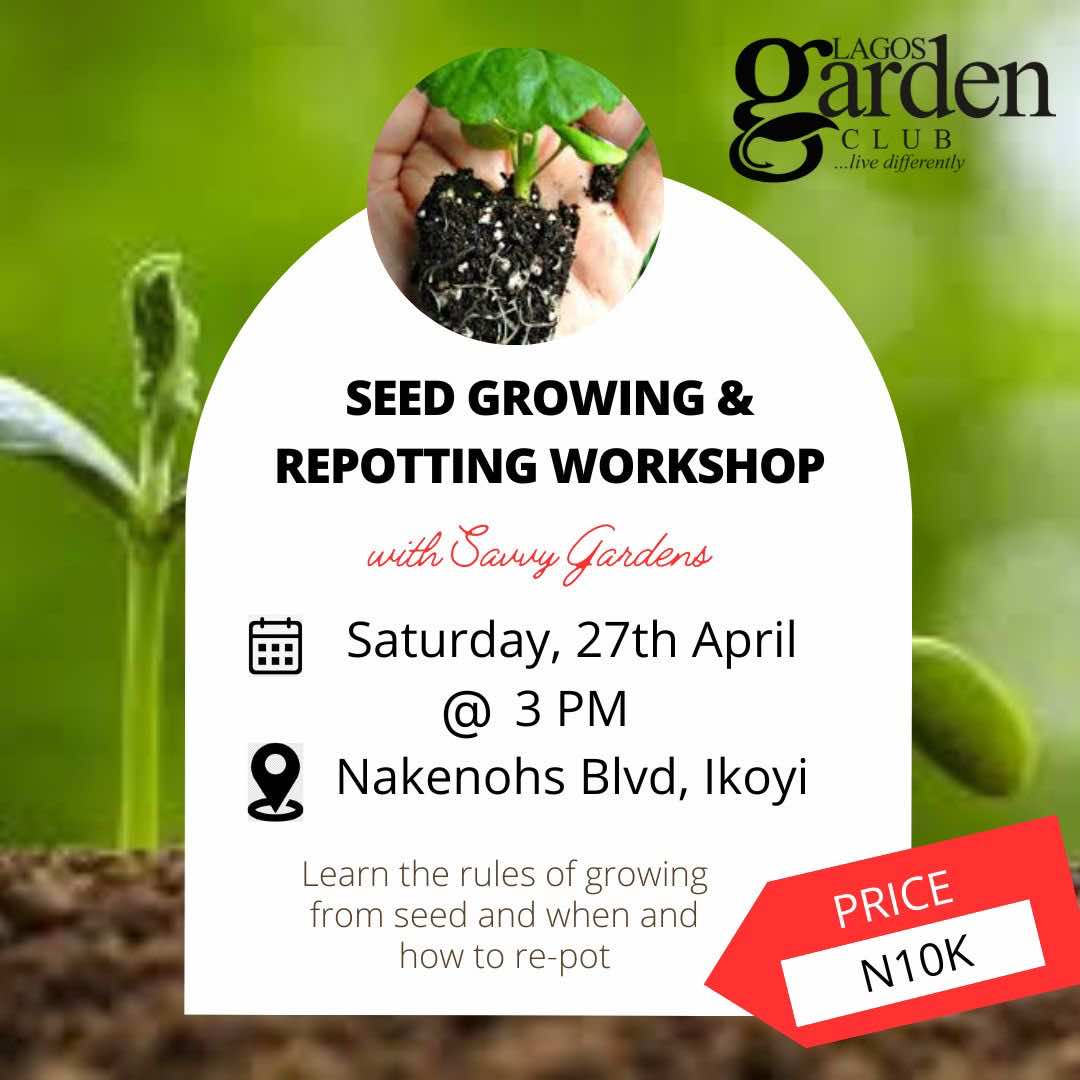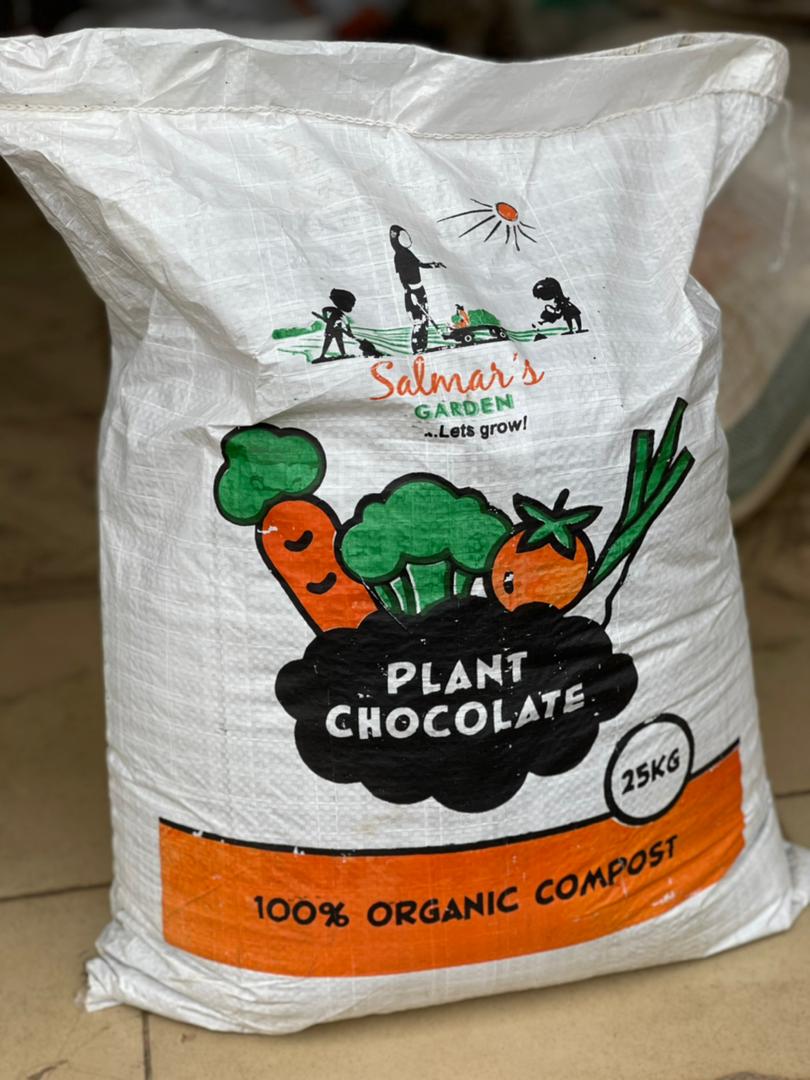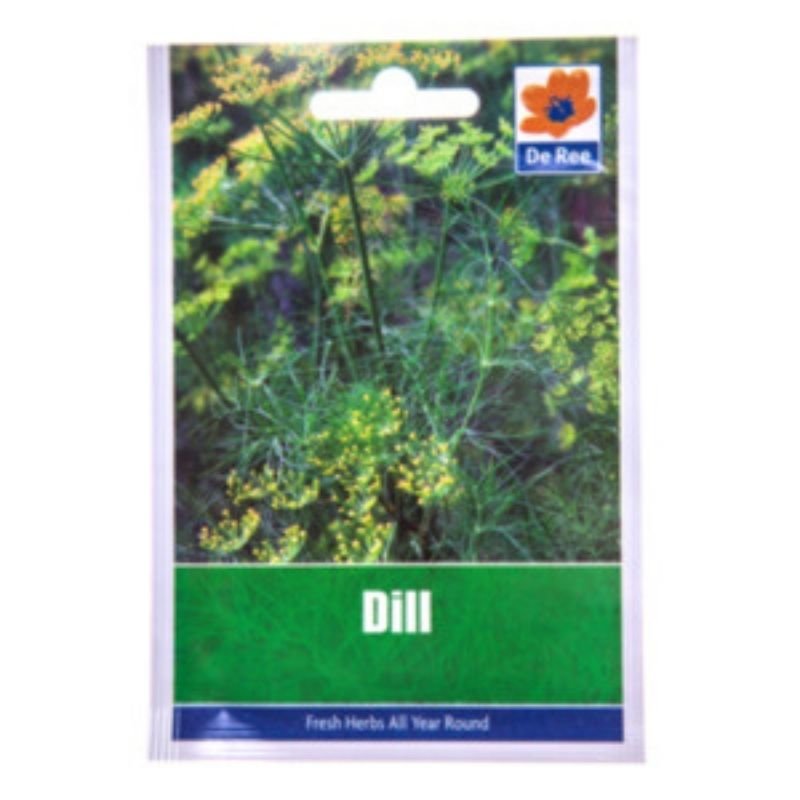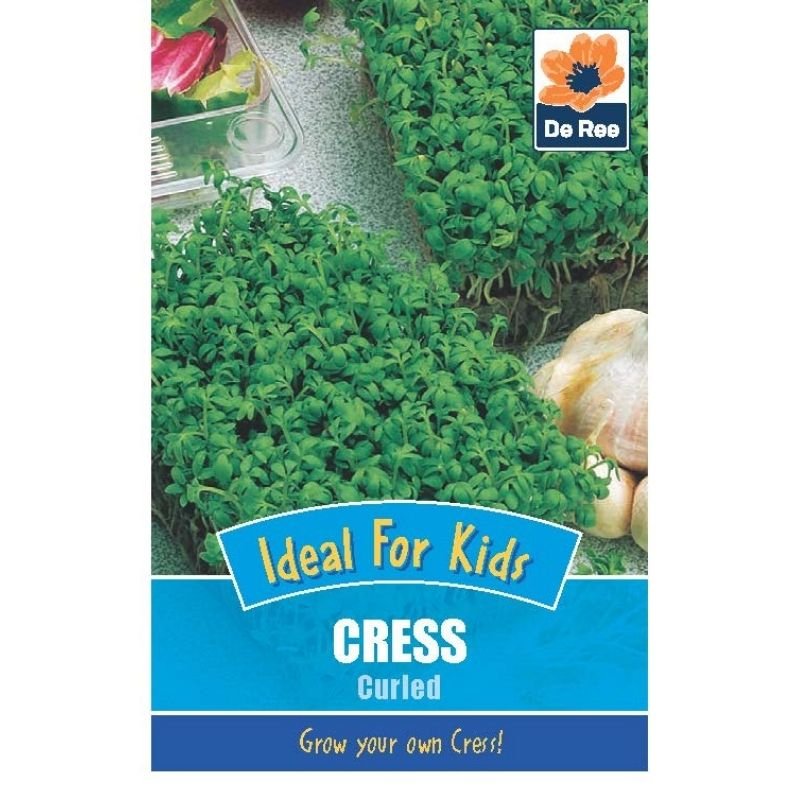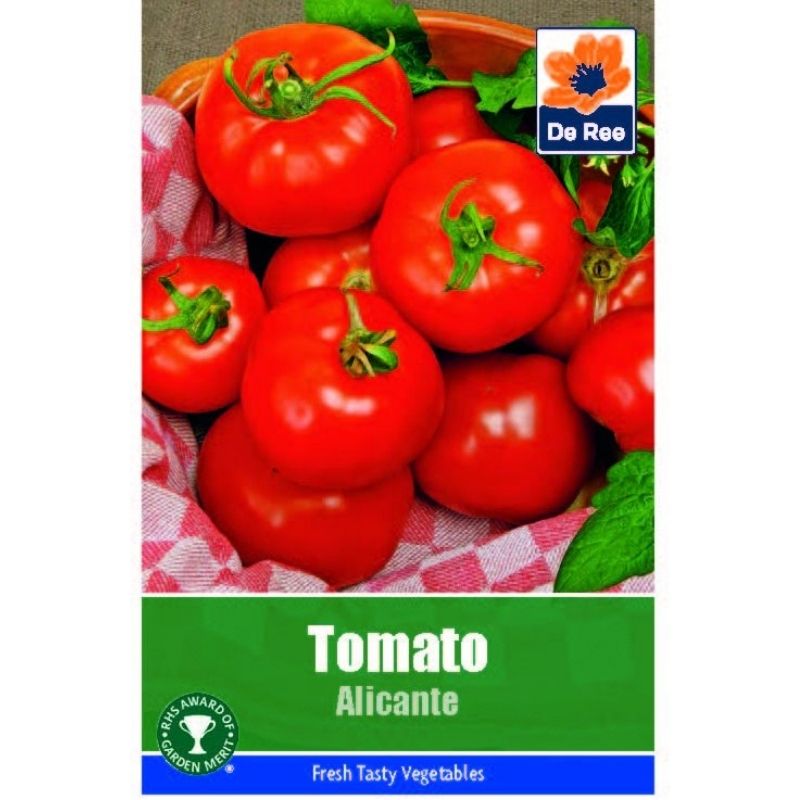Fungal Infections in Plants

Just like humans and animals, plants also get sick. Certain harmful organisms could infect specific parts of plants leading them to develop diseases. One of them is Fungi.
When certain living organisms cause trouble to plants, that is called biotic stress. Meaning, disease-causing pathogens are present and attacking the tissues of the plant including leaves, shoots, stems, crowns, roots, tubers, fruit, seeds and vascular tissues.
Fungi and Fungal-like Organisms (FLOs)
The common cause of diseases among plants are fungi and FLOs. These organisms are eukaryotic which means they contain a true nucleus. However, they lack the presence of chlorophyll such as that in plants making them incapable of performing photosynthesis.
They obtain their food by absorbing nutrients from different substrates using their filaments which are thread-like in appearance. Fungi are commonly seen growing on decaying materials where they act as decomposers. However, they can also find hosts in living organisms to obtain their needed nutrients. In most cases, infected plants suffer and develop diseases in the process.
Fungi multiply through their spores which can be transported by air or water. This is why they could easily spread from one infected plant to another. As a result, farmers and gardeners experience immense reduction in the yield of their crops. Some fungi infect only a specific host plant while others could affect numerous plant species.
Common Types of Disease-Causing Fungi
- Rust
The most common type of fungi is rust. This is easily observed because it creates a rust-like appearance on the leaves. This is caused by the orange spores that form in the plant tissues. Infected leaves would result in decreased area for photosynthesis because of the chlorosis. It also increases the water loss in the plant.
Rust infects specific hosts which means that they won’t easily spread unless the nearby plants are of the same species. Ornamental plants, vegetables, and trees can be infected by rust fungi.
- Powdery Mildew
Powdery mildew is a white powdery fungus that develops above and below the surface of the leaves. As a result, affected leaves tend to get distorted, diminishing its function. Often, this infection could result in wilting of the leaves, then the death of the entire plant.
This type of fungi mostly prevails during the dry periods where there’s high relative humidity during the night and low humidity during the day.
- Downy Mildew
Unlike powdery mildew that are true fungi, downy mildew are known to be fungal-like organisms (FLOs). They are more related to algae than fungi. However, they also form that powdery appearance on the underside of leaves and stems. Symptoms could also vary depending on the host plant.
Downy mildew often proliferates during the wet seasons when the conditions are cool, moist and damp.
- Phytophthora
Another type of fungal-like organism is the Phytophthora or typically known as water molds. These are soilborne pathogens that can cause root and crown rot in many plant species. This fungus tends to develop when the soil remains consistently wet for a long time.
Plants that are attacked by Phytophthora disease would often show signs of wilting, looking drought-stressed. Once the plant wilt, they could easily die.
Management of Fungal Infection
- Always use sterilized soil.
This reduces the risk of developing soil-borne diseases among your plants. Sterilized soil can be readily found in garden stores but you can also do it yourself. Soil sterilization is a simple process that you could easily perform at home.
- Use disease-free or resistant varieties.
It is important to use certified seeds because they are normally treated with fungicides. Some seeds are specifically bred to be resistant from certain fungal diseases. You can use these varieties to ensure that they won’t be infected by certain fungi.
- Apply fungicides when needed.
Fungicides are chemicals applied to kill the fungi present. There are various types of fungicides that you can use depending on the type of fungi to be managed. It’s better to consult a pathologist to properly diagnose which fungal infection has developed. This would help find the best fungicide to be applied.
- Maintain the best growing conditions for plants.
Changes in temperature and humidity could trigger the growth of disease-causing pathogens. Make sure that the growing conditions always suit that of the plant’s needs. Avoid prolonged wet conditions.
- Maintain sanitation in your garden
Always disinfect the tools before and after use. Clean up every now and then and immediately remove diseased plants once noticed.


